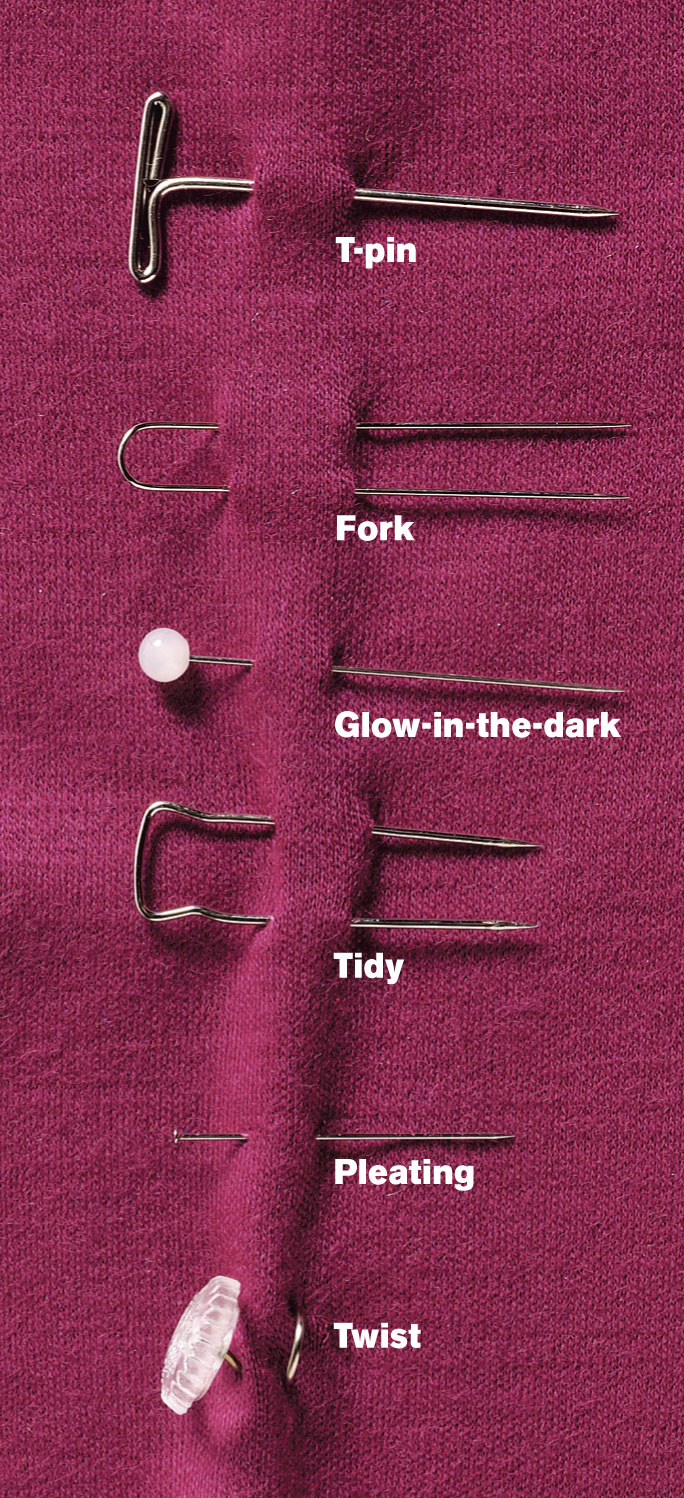
Also known as Top Stitching if done slightly away from an edge.Įmbroidery: A hand-sewing technique used to decorate fabric with needlework designs.

Commonly used in sleeves.Įdge Stitch: The process of stitching on the exterior side of a project near a fold or seamed edge to keep them in place.

This requires a darning foot so the feed dogs will not direct the fabric.ĭarts: A wedge-shaped fold in the fabric used to shape garments to the body.Įase: Distributing the fabric on a curve evenly to join to another curve (usually going in the opposite direction) to get a good fit. This is also known as notching.Ĭrosswise Grain: The threads of woven fabric that run perpendicular to the selvage.ĭarning: A technique used by “scribbling” the needle over a torn section of fabric or a hole to do a repair. Alternatively, small slits can also be made along a curve so it is allowed to spread apart when turned right side out to keep everything laying flat. For example, on the waistband of a skirt, you can fold the fabric down ½” (to hide the raw edge), then down again 1″, and stitch near the fold to create a channel for the elastic to stay along the waistline.Ĭlipping Corners: The process of snipping the triangular piece of seam allowance off of the corner of a seam to prevent bulk in the corner when turned right side out.Ĭlipping Curves: The process of removing small triangular pieces of fabric to allow a seam to lay flat along a curve when turned right side out. Can be done by hand or machine with a Blind Hem foot.Ĭasing: A small “tunnel” of fabric through which a drawstring or length of elastic can be threaded through. In quilting, it is the use of a thin strip of fabric (similar to bias tape, but not necessarily cut on the bias) to hide the raw edges of the quilt to give a nice finish.īlind Hem (also known as Invisible Hem): The technique of sewing a blind hem stitch, which consists of several straight stitches followed by a zig-zag stitch, across the hem of a garment so that the thread on the right side of the fabric is nearly invisible to the naked eye. However, diagonally across the grain is the bias, where the fabric will give a bit, which is why making garments “on the bias” or “cross-grain” give a woven a nice drape.īias Tape: Pre-made strips of fabric in various sizes that are cut diagonally across the grain to give the fabric some movement so it will turn curves nicely.īinding: In sewing, binding can refer to finishing a seam to hide it (using bias tape, for example). A backstitch or a knot is not used in case the threads need to be pulled out and removed.īias: A woven fabric does not have a stretch across the grain line from left to right, and up and down. Also known as a tack.īaste: The technique of hand stitching or machine stitching with a long stitch length to temporarily hold two pieces of fabric together before they are stitched together permanently. Bar Tack: A short reinforcement of threads used on parts of a garment or project that are especially stressed, such as belt loops or buttonholes.


 0 kommentar(er)
0 kommentar(er)
